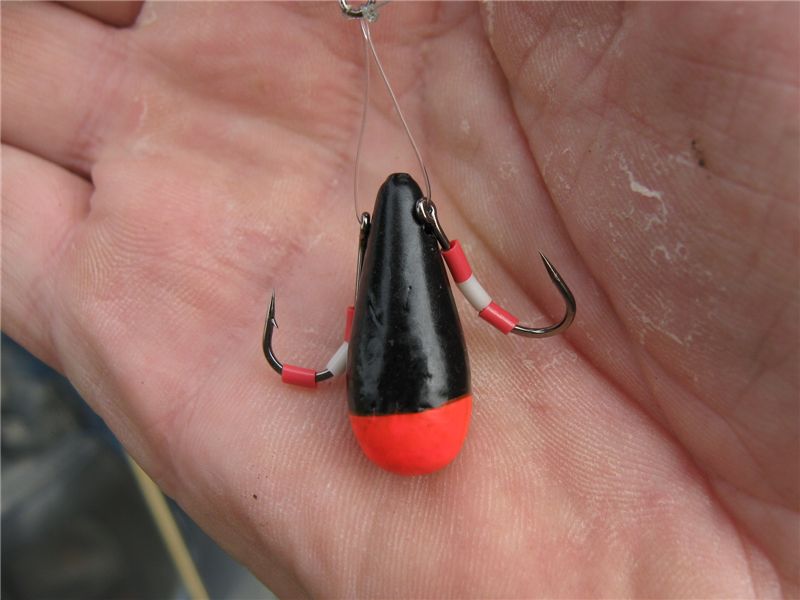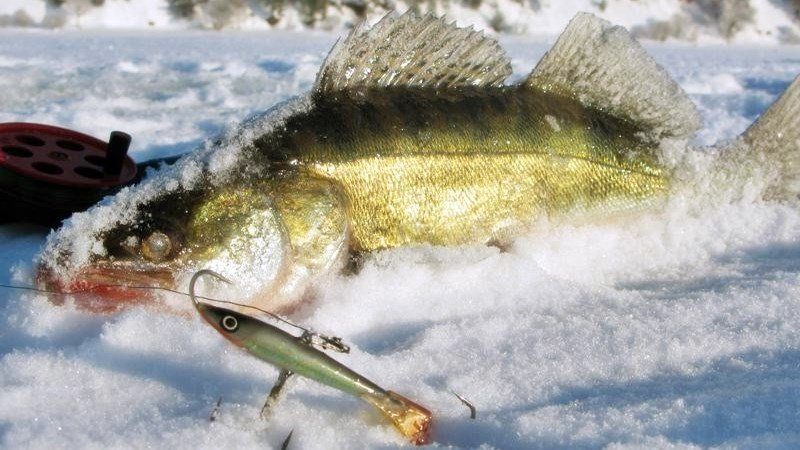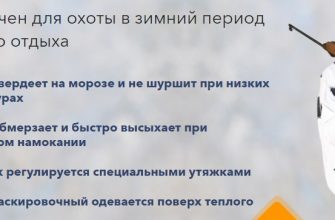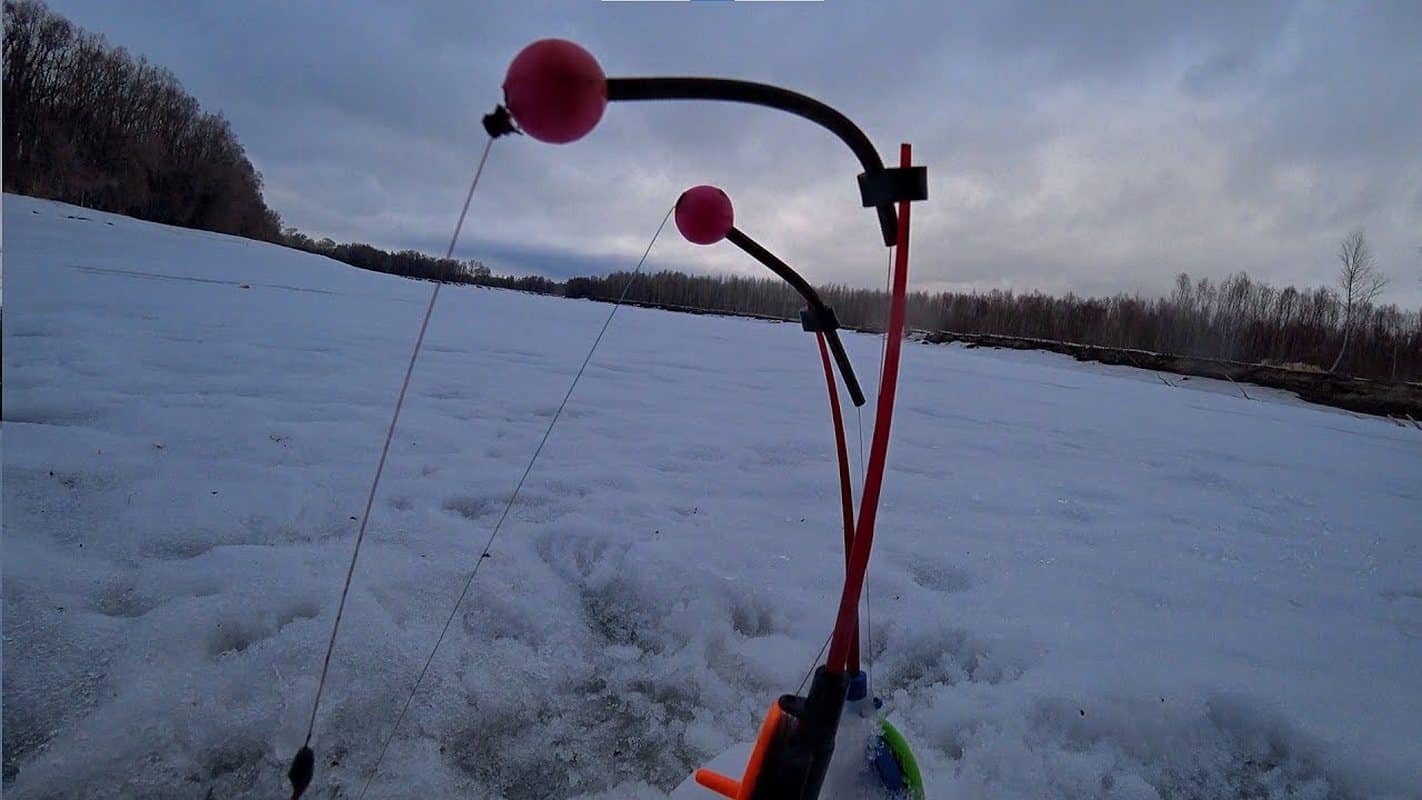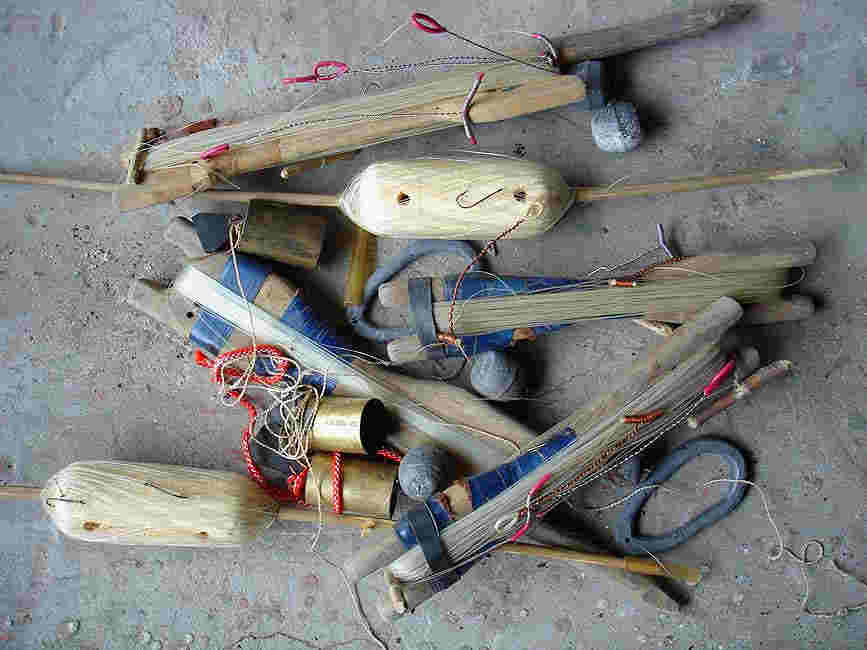Pike perch, or river wolf, is a valuable prey for avid anglers. Catching him, especially in winter conditions, is a difficult but interesting process. Experienced gossipers are ready to endure the difficulties of this process, if only the coveted trophy is in the hands. But it is a mistake to think that catching this predator is easy, and you only need luck. So that fishing does not end in disappointment, you must at least know the water area well, be able to properly prepare and use the tackle, and also know the habits and habits of this fish.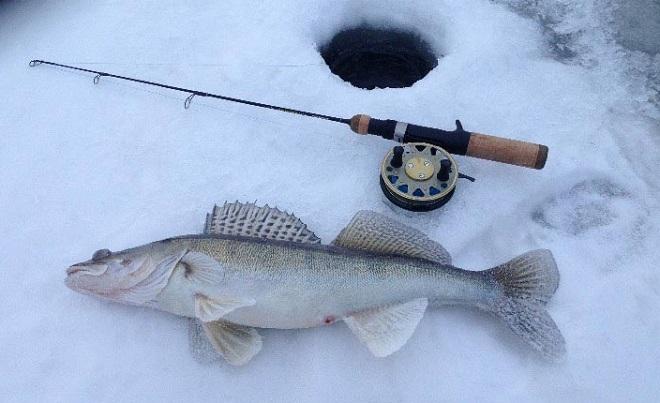
- Features of the behavior of zander in winter
- How to look for zander in stagnant bodies of water and on rivers without flow
- Where to look for walleye in different periods of winter
- How weather changes affect zander fishing
- Collection of tackle for catching walleye and its features
- Features of catching zander in the current with different bait
- Trolling
- Fishing on a balancer
- Fishing with live bait
- Catching zander in winter on sprat
- Catching on silicone
- Fishing with a jig
- Catching zander with a noodles
- Поделиться ссылкой:
Features of the behavior of zander in winter
The pike perch is a large, fast-growing predator. He needs a lot of food to meet his energy needs. And although it belongs to schooling fish, their communities are small. In addition, pike perch is a thermophilic fish, so in winter it prefers to live apart, sinking to a depth and looking for places with the warmest water. The ideal place for him are reservoirs with a strongly relief bottom, flooded with logs, snags and other shelters. You can also find it along the channels of deep rivers, artificial flooded quarries or along river pits.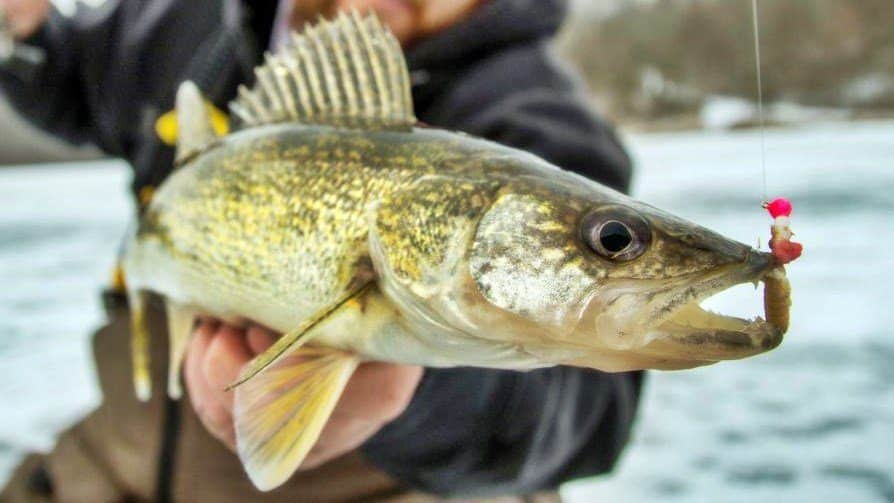
Therefore, it is useless to expect successful catching of a toothed fish in reservoirs with a heavily muddy and overgrown bottom. He’s just not there.
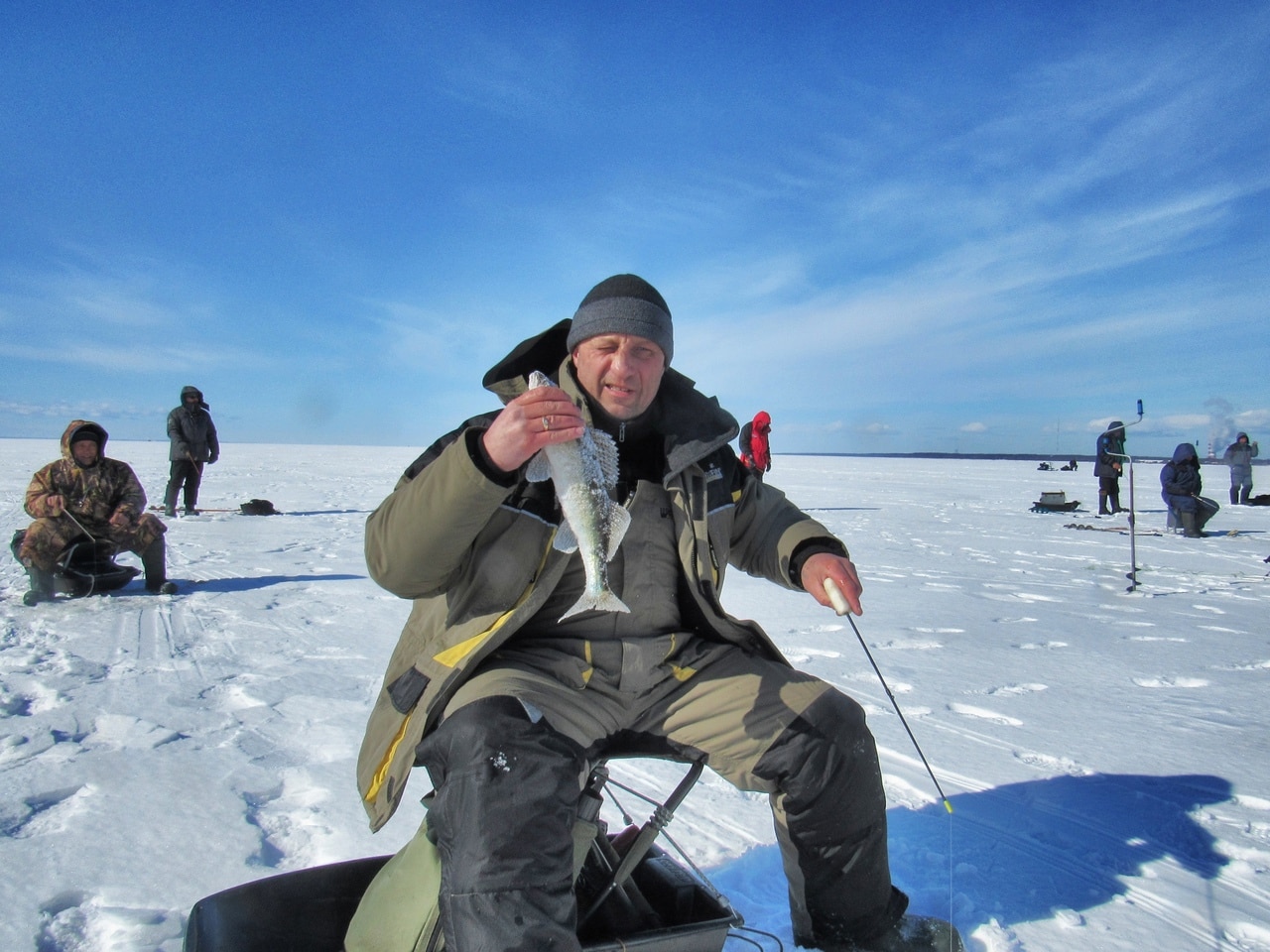 Depending on the weather and temperature, the behavior of the fish changes slightly. For example, at the beginning of cold weather or in very mild winters, pike perch can periodically appear in shallow water, where it comes for small prey. But in severe frosts and by the middle of winter, it sinks to a depth where the water temperature is usually higher than at the surface. During this period, pike perch practically does not react to small fish and moves if the prey attracts with its size. In rivers with a natural flow, pike perch will look for a place where the water flow is less intense. Zander is, for the most part, a nocturnal predator. Therefore,
Depending on the weather and temperature, the behavior of the fish changes slightly. For example, at the beginning of cold weather or in very mild winters, pike perch can periodically appear in shallow water, where it comes for small prey. But in severe frosts and by the middle of winter, it sinks to a depth where the water temperature is usually higher than at the surface. During this period, pike perch practically does not react to small fish and moves if the prey attracts with its size. In rivers with a natural flow, pike perch will look for a place where the water flow is less intense. Zander is, for the most part, a nocturnal predator. Therefore,
at night, even in winter, he can go hunting. But he does not float far from his anchorage. This feature is used by fishermen, organizing fishing in the evening or early morning hours. Pike perch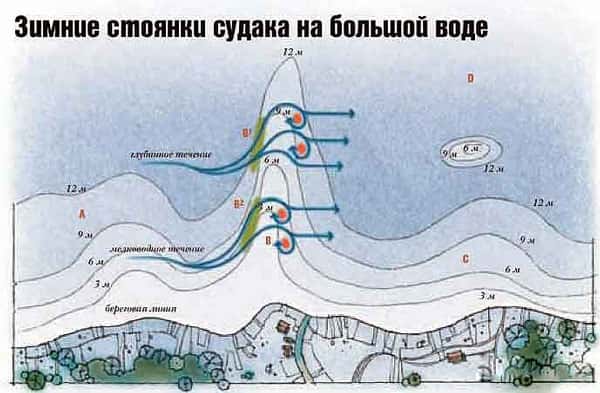
How to look for zander in stagnant bodies of water and on rivers without flow
If everything is more or less clear with the wintering place of this fish in rivers (it is enough to study the map of currents), then in reservoirs without a current, the search for pike perch can be quite difficult. Experienced fishermen draw up their own map of the bottom of the water area, marking the places where this predator can live. In their opinion, pike perch is a constant fish and walks along the same paths. Therefore, if in some place it was possible to catch a fanged one, it is safe to say that other pike perch will again come to this empty place. Based on the marks, the fishermen determine the points where the predator sets up an ambush.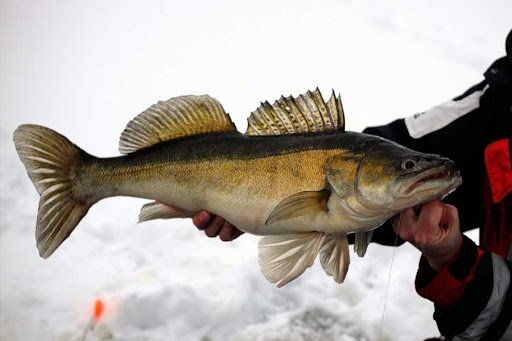
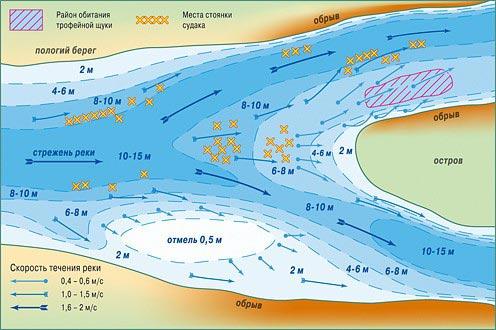
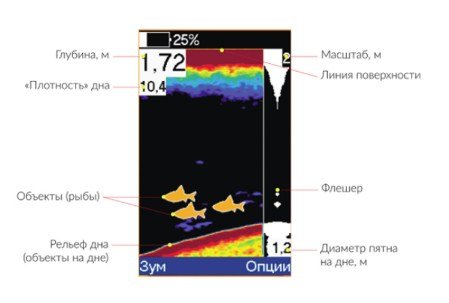
Where to look for walleye in different periods of winter
The fact that in winter the fanged predator prefers to be at a depth does not mean that its behavior will be monotonous. In different weather and time, he does not behave the same. With the onset of cold weather, the fish is still active. Pike perch can often be found in shallow water, where it comes to feed. Moreover, the time of his hunt does not depend on the period of the day. The fishermen, knowing this, take the opportunity and organize fishing throughout the day.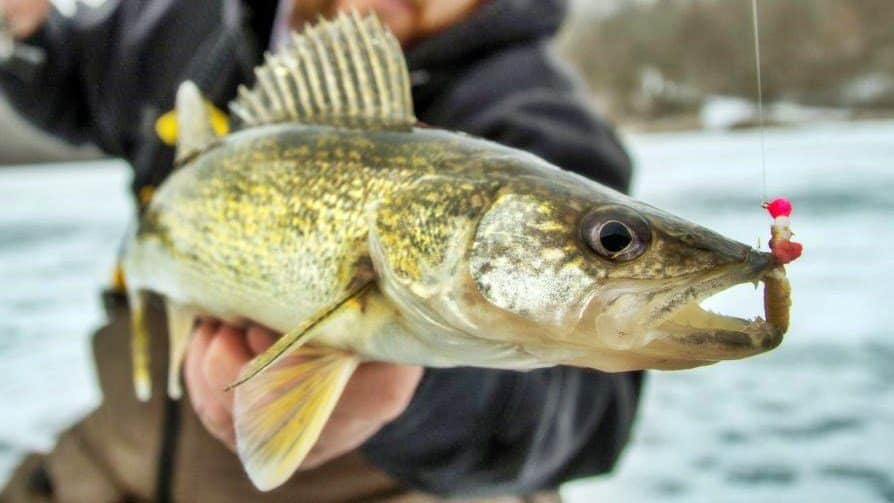

The most unfavorable time for catching a predator is February, when a pike perch cannot be moved by any bait. At this time, he too conserves his energy to throw himself at any prey. At such a time, there may be no biting even in places of obvious accumulation of fish.
In late February or early March, zander returns to activity, and he begins to actively hunt for juveniles. During this period, it can be found both in its favorite places, in pits and under snags, and in river mouths, in oxbows and in places where depths fall.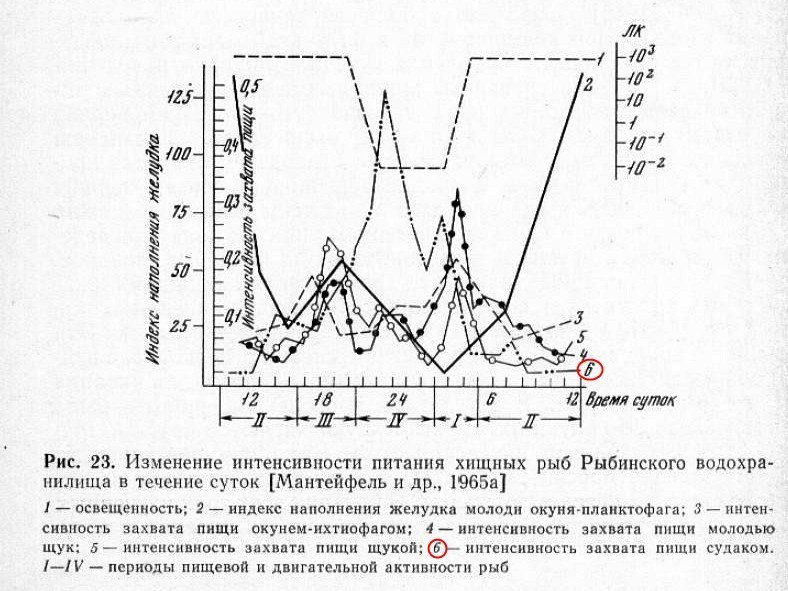
How weather changes affect zander fishing
Like any living creature, zander is sensitive to changing weather conditions. Its activity can be influenced not only by temperature changes, but also by precipitation, cloudiness, wind strength and changes in atmospheric pressure. Under water, pressure drops are felt more strongly, so the fish at such a time changes its behavior, refuses to feed. Trying to compensate for pressure drops, the fish runs between the bottom and the surface of the reservoir. With increased pressure, the predator leaves the depth, climbing upward. When low, on the contrary, it goes down. Adapting to the changed pressure, the pike perch resumes its activity.
Interesting to know! After severe frosts, blizzards or snowfall, experienced fishermen do not advise to go out immediately to catch fish. It is best to wait a few days until the fish is back to normal. But cloudy days are considered favorable for catching walleye. At this time, he is active and takes the bait well.
Collection of tackle for catching walleye and its features
Winter fishing for zander is different from summer fishing. For this period, special gear is needed. Basically, they use a fishing rod with a bait-balancer-vib, as well as the second approach “postavushku” or live bait. Features of the winter fishing rod for catching zander:
- The rod is used for fishing with a ratlin-balancer lure. Pike perch fish is heavy and sharp, it also has a hard mouth, so the rod must be hard, up to 2 meters long. Catching a walleye is not a quick process. To keep your hands comfortable, it is better to use a warm handle. It is better to use a transparent line with a cross section of at least 0.25-0.35 mm. Alternatively, you can use a thinner braided cord with a smaller diameter. But it is very icy. Pay special attention to the coil and the nod.
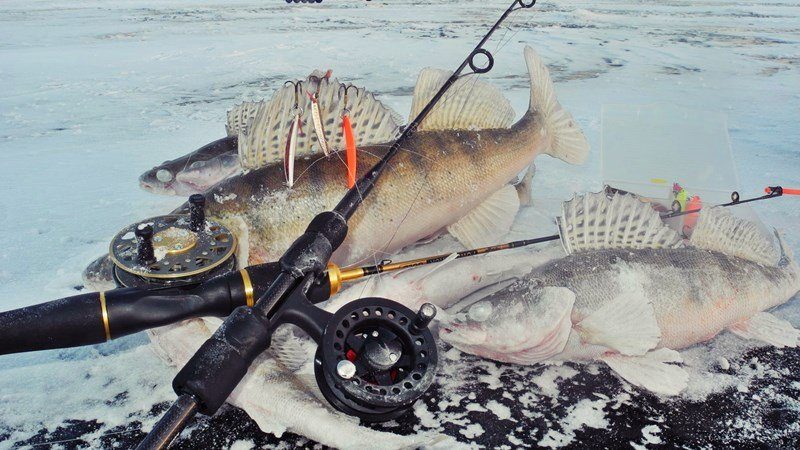
- The reel should be roomy, which can fit up to 30 m of line. The reel should be picked up with a light stroke so that it is convenient to work with it in gloves. Most often, an inertial coil is used.
- It is better to use a spring nod, in which you can change the stiffness by changing its length. The smoothness of the movements of the bait will depend on the softness of the oscillations of the nod.
Important! You need to adjust the tackle so that you feel it when the fish comes into contact with the bait. Zander may not immediately grab the bait, but first gently touch it, especially if it seems suspicious to him.
Zander lures are most often used long and narrow. Many anglers prefer soft silicone baits. They look more like live fish, but metal spinners have a number of advantages. They are durable, resistant to damage, withstand a lot of bites, so they can be used more than once.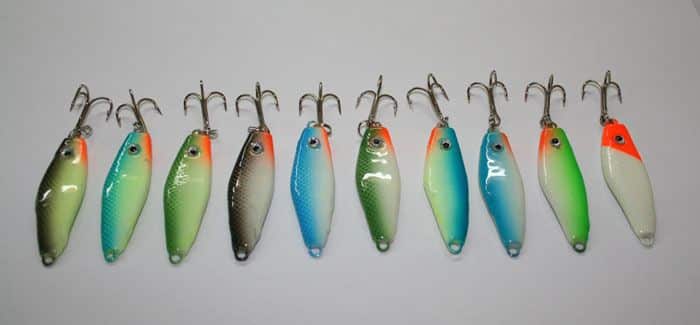
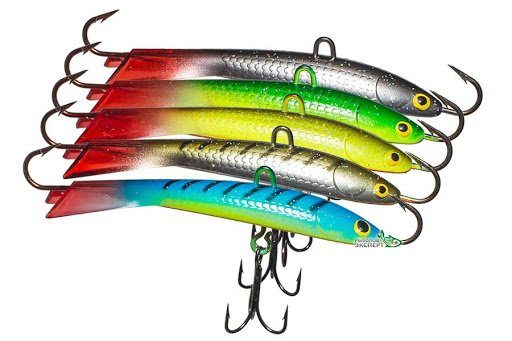
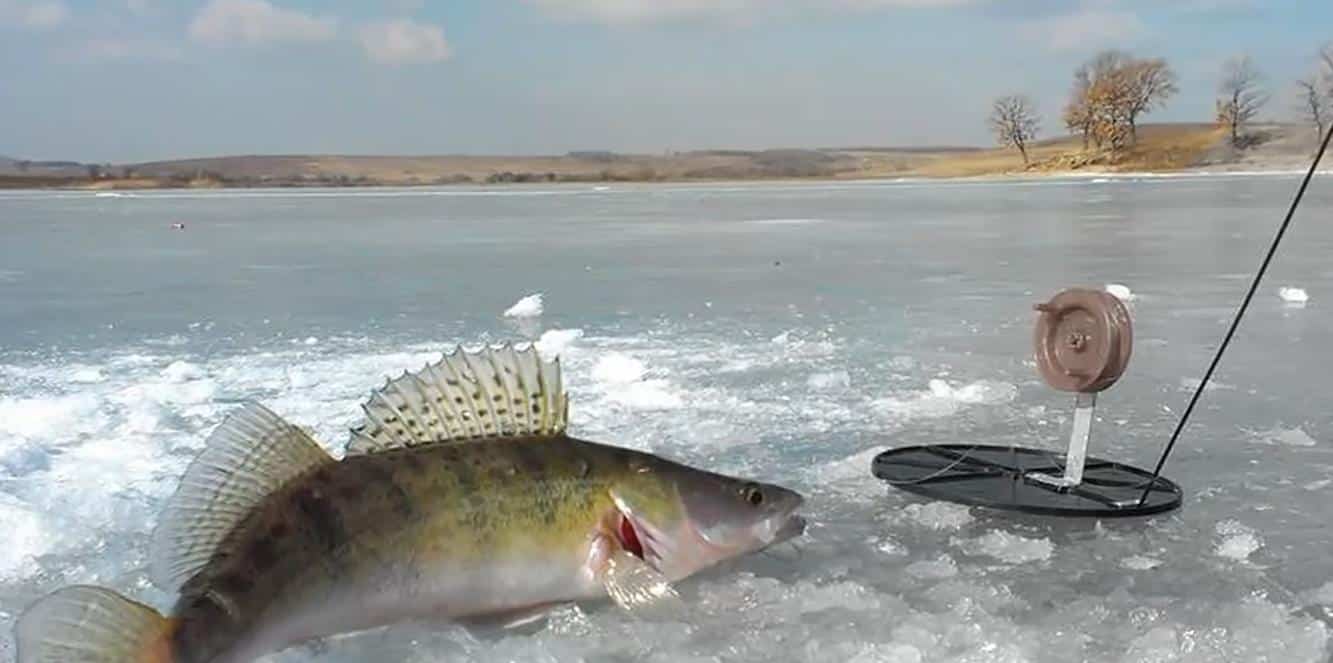
Interesting! The supplies can be left unattended for a long time. If the tackle is well strengthened and the line is strong, the pike perch will not fall off it.
The gutters are similar to the supply, but they are mainly located on the ice. A part of the line with a hook and bait is immersed in the water. When biting, under the tension of the fishing line, a colored flag is released from the mount, which signals to the fisherman that the fish is on the hook. The principle of fishing is similar, but you cannot leave the girders unattended, the line may freeze into the ice and the device will not work.
Features of catching zander in the current with different bait
There is no fundamental difference between catching a predator in the current and in stagnant water, although there are some features that need to be taken into account. On the river in winter, pike perch tries to stay in slow currents, since the water there is richer in oxygen. Due to this, the fish is more active and reacts somewhat differently to the bait. Also, due to the current, the line may deviate and “sail”, so the bite is quite soft. It can be seen only when the line is reeled, when a heavy carcass hangs on it. During the winter, you can fish in bad weather, but the risk of tangling the line is many times higher. The bait also “behaves” a little differently on the current. These features affect the subtleties of using bait and fishing in general. Fishing for walleye in winter on a trolley on the Ob Sea: https://youtu.be/_wOlwO0HqQw
Trolling
When fishing on the current with the use of a spoon, you need to take into account the strength of the current and the weight of the spoon, and also understand that the depth and season of fishing, as well as the type of spoon, affect the quality of the animation of the bait. On the current, they use spinners weighing at least 50 g. It is lowered to the bottom and rhythmically thrown to a height of 20-40 cm, with a break of 5-6 seconds. It is this break that is important. At this moment, the spoon is picked up by the current and is somewhat removed from the hole. Fishing for zander in winter with a spoon – fishing from ice: https://youtu.be/ux0fOfaacmM Rhythmic movements of the spoon with the same interval will make the bait stay in the stream of the current in one place from the bottom. Usually pike perch responds well to such a game and does not do without a bite. https: // tytkleva.net / lovlya-xishhnoj-ryby / spinning / primanki / blesny-na-sudaka.htm
Fishing on a balancer
The balancer is a lure in the form of a brightly colored artificial fish, which is balanced at both ends by two hooks and a tee with beads at the bottom. For stability of the balancer in water, there are plates in the tail of the balancer, which ensure its horizontal position when playing.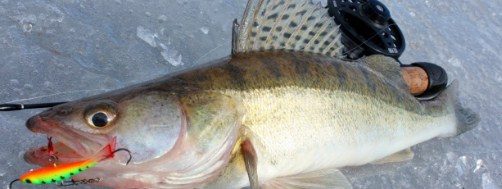
spoon.… The bait also sinks to the bottom and is thrown with sharp movements to a height of 20-50 cm. The pause between tossing can be up to 20 seconds. The geometry of the artificial fish allows it, after a swing, to go to the side, turn around and come back. When fishing on the current, the animation of the balance bar resembles the movements of a real fish trivia. Balancer convenient to change the technique of animation, and use a broach or sharp podrygivaniya and can be lightly tapping the bait on the bottom of
Fishing with live bait
When fishing for zander with live bait, small live fish (bleak, crucian carp, dace, roach) are used as bait. In this case, the same tackle is used as when trolling. Fishing tactics and techniques are used as in most cases. Advice! You need to plant the fish behind the back so that the hook passes under the dorsal fin. Then the fish will retain its vitality longer, and will be kept in its natural position. Do not stick live bait over your mouth.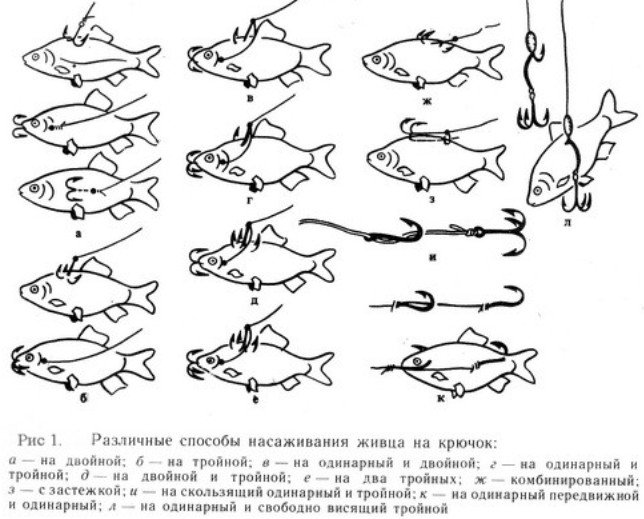
Catching zander in winter on sprat
One of the easiest ways to catch pike perch in winter is sprat fishing. For rigging, a standard set of fishing rods, fishing line, sinkers, tee and leash is used in compliance with the requirements for zander tackle. The tackle is collected in the following order: a sinker is fixed to the end of the main fishing line, and a 5 cm long leash with a tee is attached above it. Sprat is used only freshly frozen, salted pike perch does not recognize. You can put the bait on the tee by any means, but it is better to fix it across.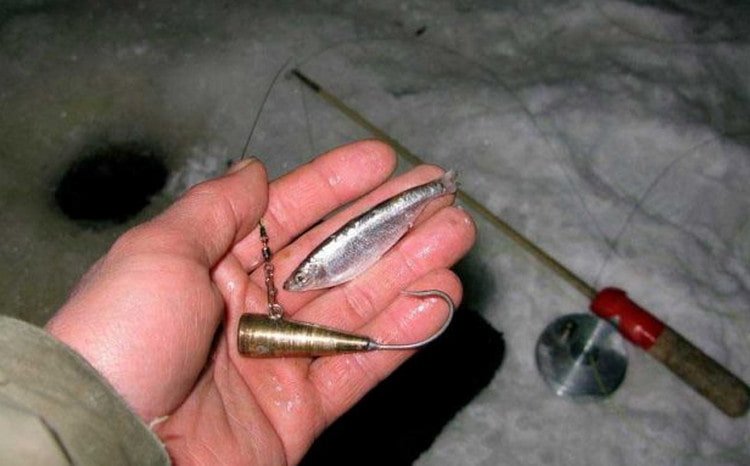
Catching on silicone
Silicone pike perch baits are used when jigging fish. This is the name for catching predatory fish when a bait with a load in the front is used. The advantage of this type of fishing is that when putting on the jig head, the hook looks up and is held in this position. This avoids clogging. The fishing principle and tactics are similar to a spoon and a balancer. Experienced fishermen prefer to use silicone passive fangs. They noticed that pike perch like to keep the bait in their teeth longer, which means there is more time for hooking.
Fishing with a jig
A jig or a
rewinder is a type of artificial bait that is vaguely similar to an amphipod crustacean. To catch pike perch, large and heavy jigs weighing more than 0.3 g are used. When fishing for pike-perch in winter, light-colored baits are chosen, mainly in the form of a droplet or ball. Pieces of fresh fish are used for the bait.
Catching zander with a noodles
Fishermen call a bait in the form of a weight-cylinder, on the sides of which hooks are attached. To make it look attractive to a predator, the forend of the hooks is decorated with colored beads or wrapped with bright fluffy thread. An important condition for rigging is to maintain balance. For this, the hooks are fastened to the same size. This is an important condition, because the quality of the bait play depends on the balance.